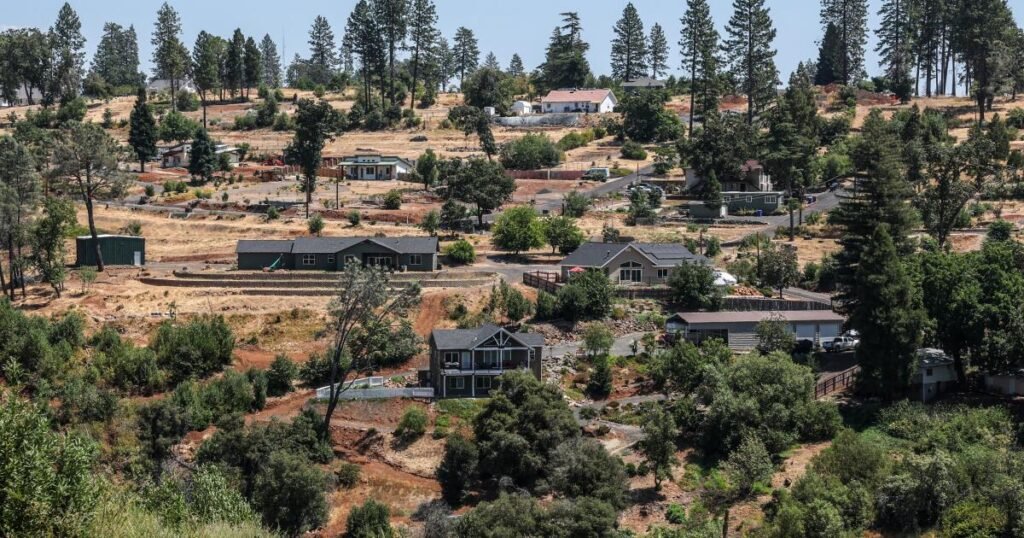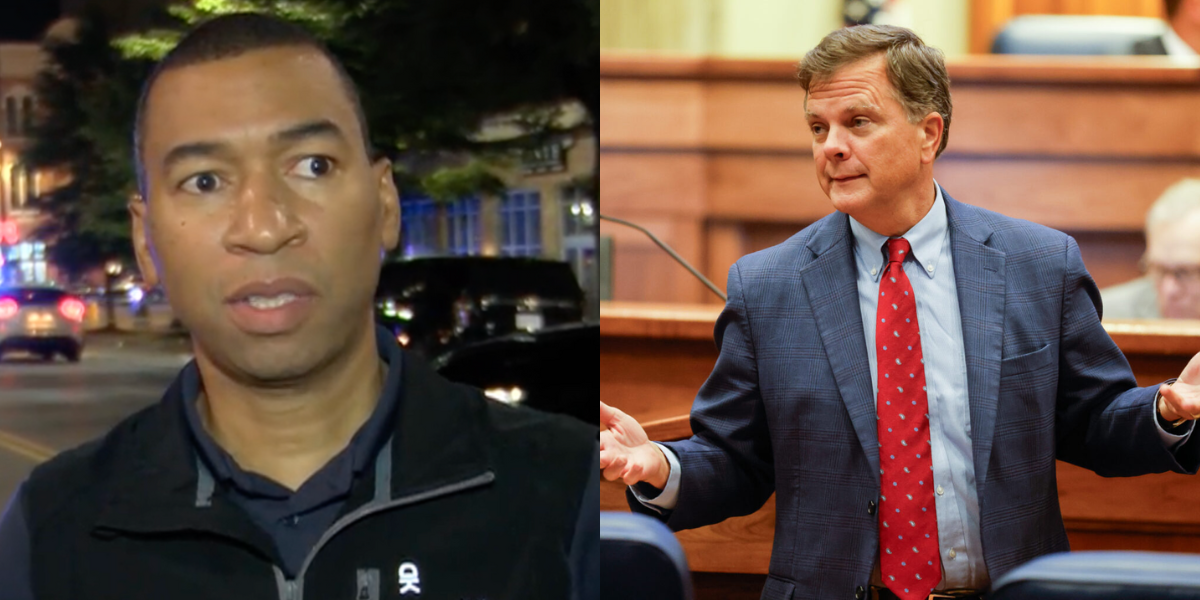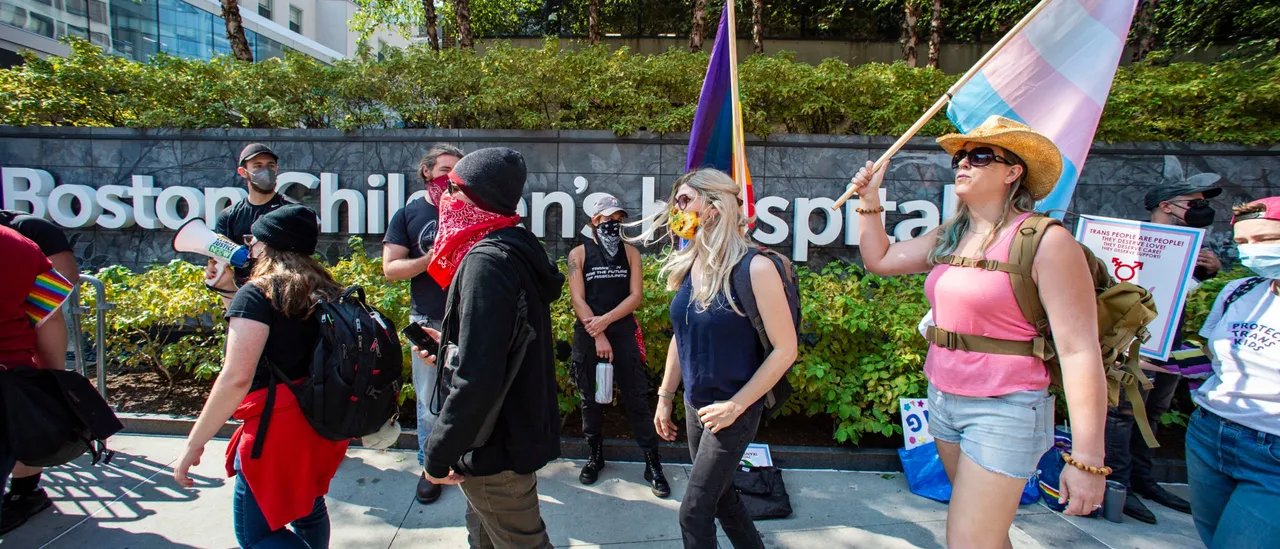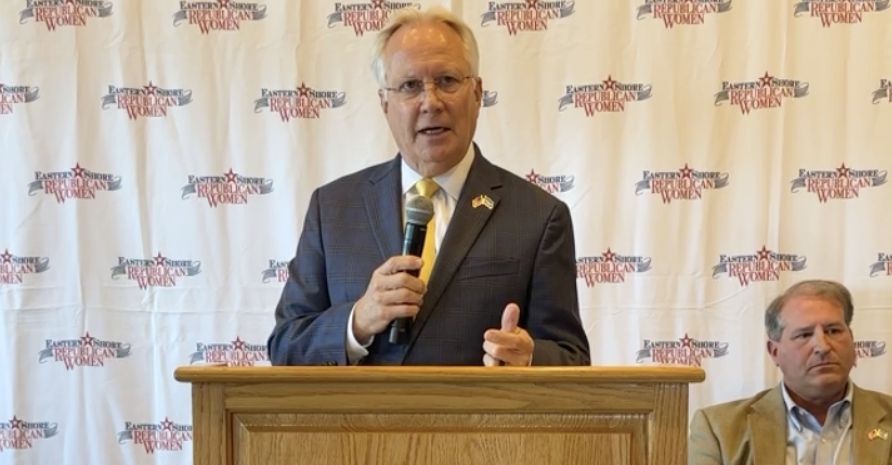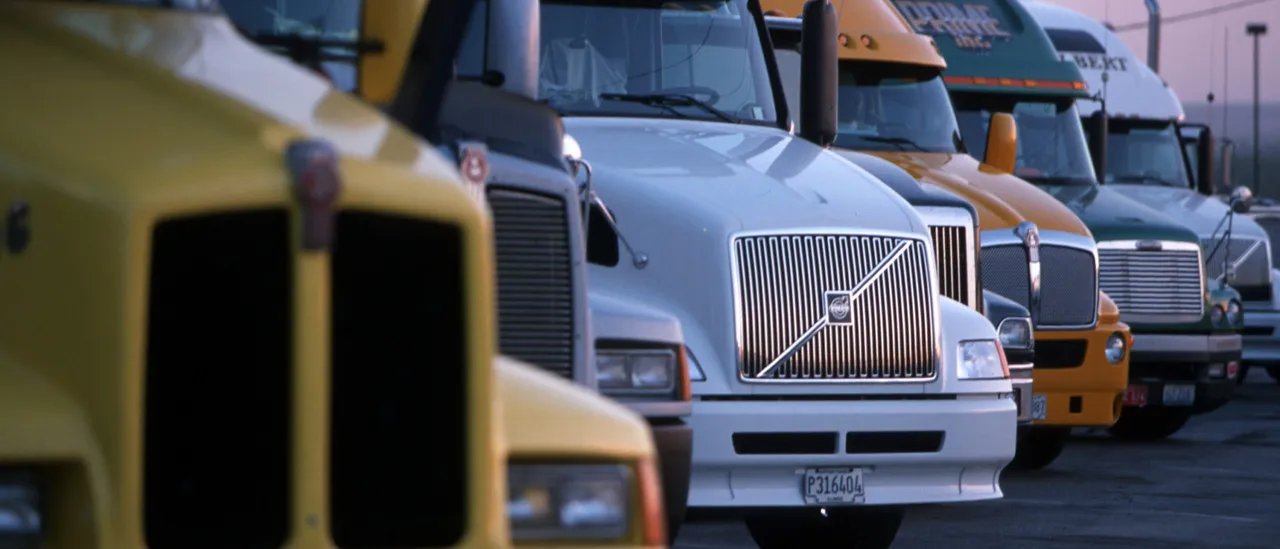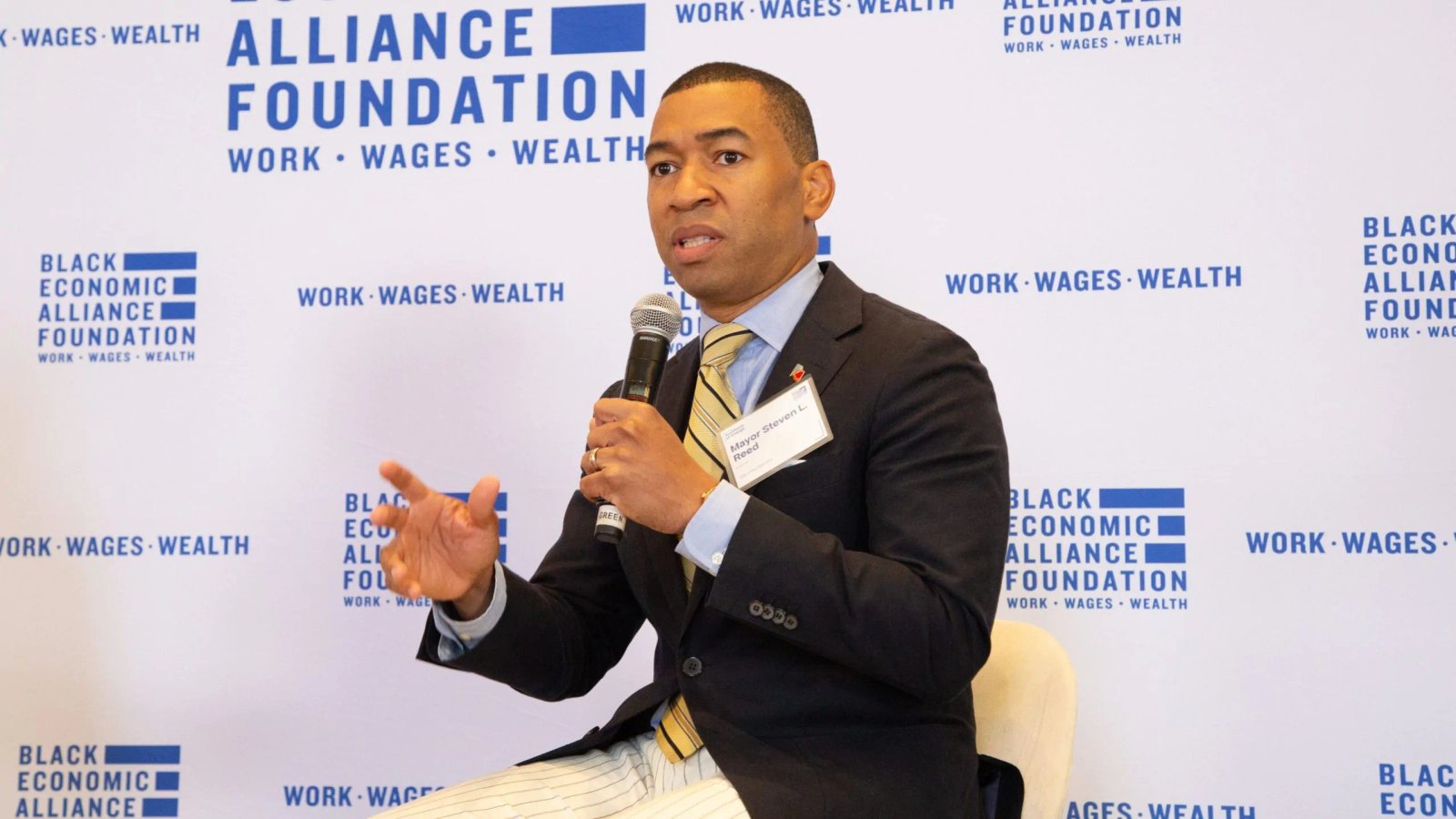California Paradise – When Jen Goodlin traveled to Paradise a half-year after the catastrophic camp fire in 2018, she thought it would be the last time she would see her hometown.
Having moved to Colorado with her husband and four kids, she wanted to see the destruction that had claimed 10,700 homes, including her childhood cottage. Yet, upon arriving, she was taken aback by her own feelings. The devastation wasn’t all she saw—she envisioned potential beyond the burnt remnants and crumbling businesses around her.
Suddenly, the idea of owning a large piece of land—something her family had always desired—seemed possible. Her husband thought she was a bit out there, but they crunched the numbers, purchased 1.2 acres, and set up a trailer. Within a few years, they were living in a new four-bedroom house.
“It was a fire that brought me home,” said Goodlin, now 43.
Like Goodlin, many young families are now moving to Paradise, shifting its demographic away from the retirees who once predominated the area. The allure of affordable land—cheaper than mid-range cars—allows newcomers to build bigger homes on larger parcels, often at a cost lower than homes in Chico, a nearby city with 100,000 residents.
Though Paradise’s population is less than half of what it used to be, the local Little League reportedly has more children now than before the fire. Almost a decade after California’s megafires, significant changes are evident in the rebuilding community; Paradise is becoming younger, with some newly rebuilt areas drawing wealthier residents. Unfortunately, many fixed-income individuals and displaced residents find themselves pushed into more urban locales, facing an uncertain future as wildfires grow in intensity.
In Paradise, signs reminding residents about evacuation routes and monthly alarm tests serve as constant reminders of the fire’s aftermath. Yet, everyday life offers glimpses of recovery: only 30% of the homes destroyed have been rebuilt, but parents stroll in renovated parks while construction workers gather at local food trucks.
Local boosters still proclaim Paradise as one of California’s fastest-growing communities, with new homes rising monthly, according to data analysis. However, statistics reveal a sobering truth. Out of nearly 22,500 homes lost in major fires between 2017 and 2020, only about 38% have been rebuilt.
With time passing, places like parts of the Santa Monica Mountains may never see their previous housing numbers restored. In Paradise, however, many returning homeowners are buying up their neighbors’ ruins to expand their properties or build larger homes.
The changes go beyond simple rebuilding. Life has subtly shifted in urban communities, particularly for renters and homeowners unable to afford reconstruction. Butte County has funneled disaster relief money into affordable housing projects primarily in Chico and nearby towns, but proposals for similar developments in the frayed burn scars to the north have yet to materialize.
The reasoning is clear: urban areas can better accommodate more people safely and sustainably than sprawling mountainous regions with limited infrastructure, offering easier access to groceries and public transport, and they align more closely with ongoing state funding initiatives.
While local officials welcome such investments, they express concerns about the changes. According to Katie Simmons, deputy chief administrator overseeing recovery efforts in Butte County, many rural fire victims might not want to relocate to urban centers, viewing the new developments as “refuge.” She argues that these do not adequately serve the needs of those displaced by disaster.
Eventually, it seems that, despite extensive efforts, fewer individuals may choose to return.
In Santa Rosa, the 2017 Tubbs Fire devastated the Journey End mobile home park, prompting collaborations among landowners, city officials, and nonprofit developers to plan over 400 apartments, including replacements for 162 low-income senior units. Yet the first apartment complex only opened in summer 2023, and of the erstwhile tenants, just a few have shown interest in returning.
Pat Crisco, 75, one of those returning residents, recalls how many of her old neighbors have not made it back. While some preferred not to live in an apartment, many relocated elsewhere and didn’t wish to uproot again.
Meanwhile, the Browns, who lived in Paradise for 12 years before the fire, rented an apartment after relocating to Chico to ensure their daughter could finish her schooling. They eventually returned to their rebuilt home, where their daughter is still rooted.
The Browns have found a newly constructed home with all their desired features, even a yard for gardening and a little free library for the community. Yet Roger still grapples with nostalgia, lamenting lost connections like the local car club he used to enjoy.
“It’s never going to be a paradise,” he confided.
His wife, however, countered, “It doesn’t have to be.”

